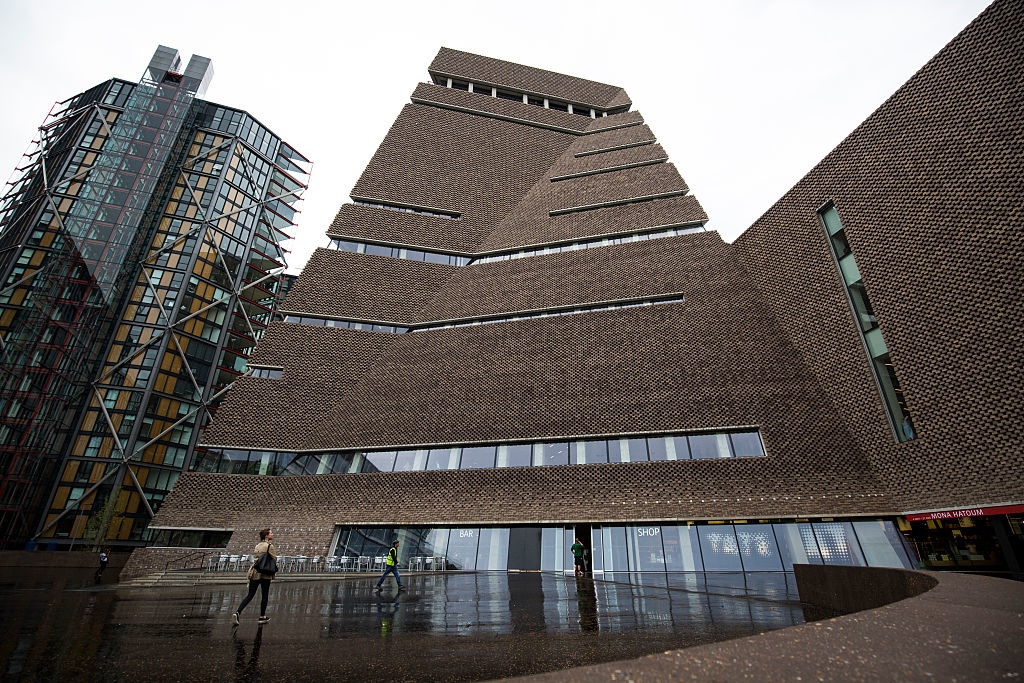Art World
UK Museums See First Annual Drop in Visitor Numbers in Almost a Decade
There are fewer school groups and young visitors, according to a report.

There are fewer school groups and young visitors, according to a report.

Henri Neuendorf

Museums in the United Kingdom have suffered a significant drop in visitor numbers, according to new figures published by the Department for Culture, Media, and Sport (DCMS).
Between April 2015 and March 2016, the UK’s 15 state-sponsored museums, which includes the British Museum, National Gallery, and Tate Gallery Group, welcomed 47.6 million people—1.4 million less than the previous year.
The drop in attendance is largely attributable to lower domestic attendance, particularly among young visitors and organized educational visits. In 2015-16 there was an estimated 2 million facilitated and self-directed visits by people under the age of 18 in formal education, a 3.1 percent decrease from the prior year. Among children aged 15 and under, visits dipped by 1.8 percent during the same period.
The lower educational museum attendance reflects dwindling interest in art history among young people in the UK, with only 839 high school students choosing the subject for the General Certificate of Education Advanced Level (A-level) exams in 2016, prompting the UK government to drop the subject from high school curricula in 2018.

The British Museum welcomed 6.7 million visitors in 2014/15.
Photo: Wikimedia Commons.
Despite an overall increase in UK tourism, overseas visitor numbers remained consistent, making up 47.1 percent of all visitors in 2015-16, compared to 47 percent of all visitors in 2014-15.
DCMS figures also revealed that the British Museum was the most-visited state sponsored institution, recording an all-time high of 6.9 million visits, followed by the Tate Gallery Group (comprising four branches) with 6.7 million visits.
However, while visitor figures were down, satisfaction with museums stayed consistent. DCMS statistics show that the average percentage of adults who would recommend a visit to UK state sponsored museums and galleries was 95.7 percent, remaining relatively stable compared to 2014-15, when 96.3 percent of adults said they would recommend a visit.